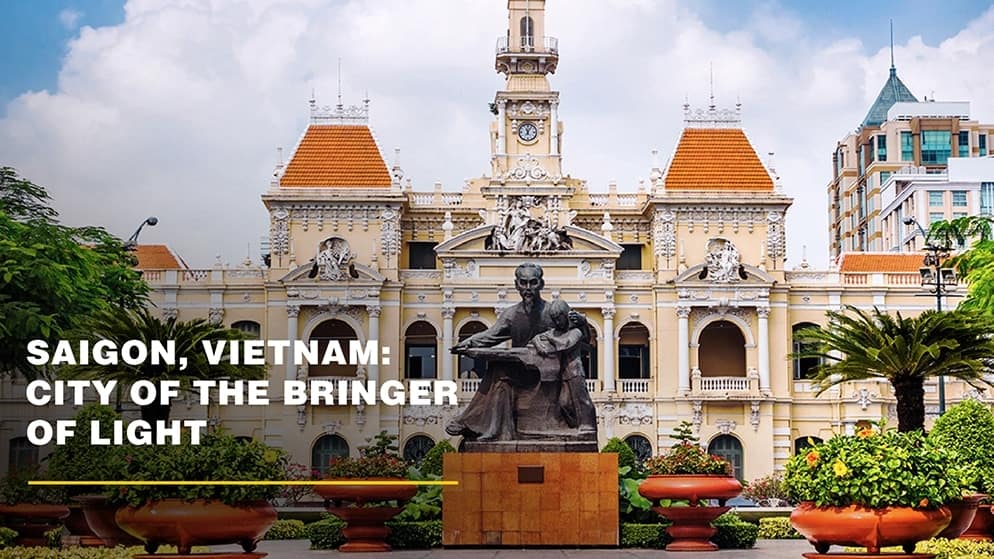Saigon, Vietnam: City of the Bringer of Light

The touchdown at Tân Sơn Nhất International Airport was a bit bumpy. I peered out of the plane window: in the twilight I half-expected American GI’s to be waiting to transport me in a Huey chopper up the Nung River; into the Heart of Darkness, so to say. Well, there you have it, a flashback to Francis Ford Coppola’s iconic film, Apocalypse Now.
I had just landed in Ho Chi-Minh City (Saigon), and some of the imagery from the 1979 film came back to me with the rapidity of a machine gun burst during battle. Incidentally, in the Vietnam War, this same Tan Son Nhut Airport was one of the busiest military airbases in the world. Anyway, enough of war and its sordid images; Vietnam today is a wonderful place.
Vietnam’s complicated history can be best understood if we look at it as a culture of affiliations and assimilation. While the tribal Viets in the 3rd Century BCE learnt from their Chinese masters about high culture, the mixed peasantry of 938 CE ejected the Chinese. When different strands of Buddhism arrived, or Hindu civilizations influenced the Chams (Champa Kingdom – 2nd Century CE to 1832 CE), or even when the French arrived (Sino-French War -1884-85) the local population only burgeoned as an assimilated group of diverse ethnicities.

Again, these descendants of tribals and mandarins did not hesitate to adopt communism in the 20th Century CE in order to overthrow French colonialism, while retaining French liberty, architecture and cuisine. Ho Chi-Minh (Bringer of Light) himself settled for a while in Paris, joined the Communist Party, and assuming the epithet of “Nguyen the Patriot,” lobbied for Vietnamese independence during the Versailles Peace Conference in 1919. Of course, he succeeded much later.
Vietnam, bolstered by support from Russia and the Chinese (under Mao), beat back the Americans in the Second Indochina War (1955-75). Again, in the modern day, while the government is primarily communist, Vietnam has embraced economic liberalization and global integration. With its rapidly expanding market-based economy the visage of united Vietnam is that of an Asian success story.
So what did I see and do in Saigon? See Part 2.






